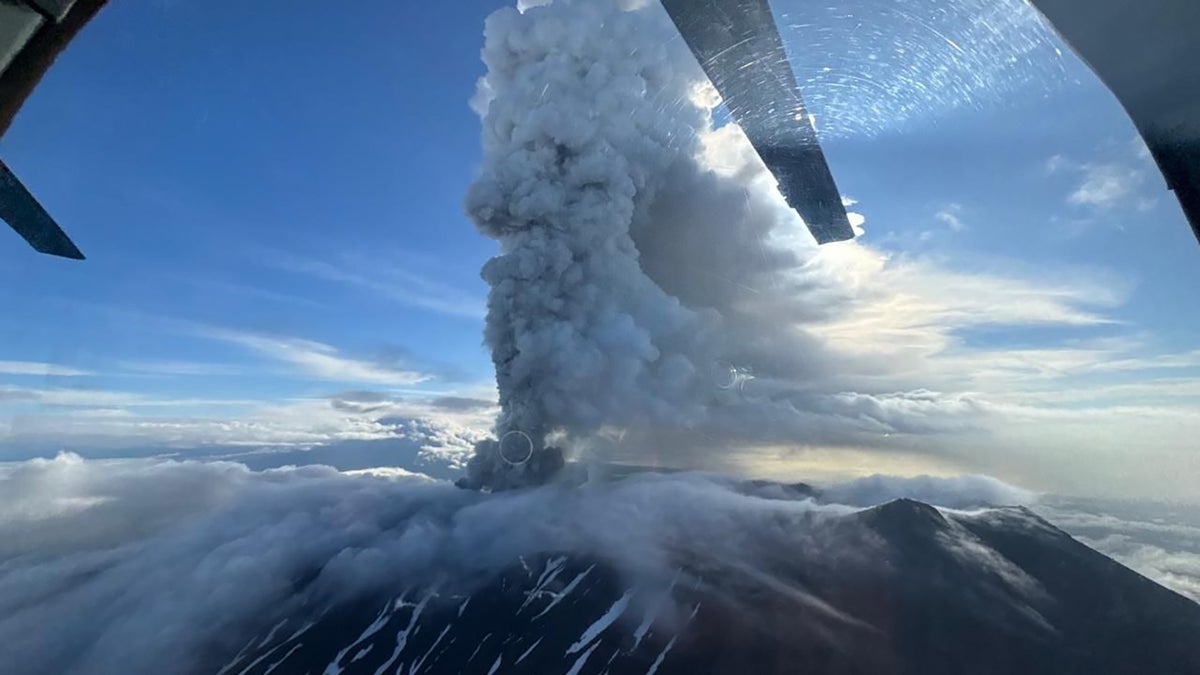Now Reading: Krasheninnikov Volcano Erupts in Russia Following 8.8 Magnitude Quake
-
01
Krasheninnikov Volcano Erupts in Russia Following 8.8 Magnitude Quake
Krasheninnikov Volcano Erupts in Russia Following 8.8 Magnitude Quake

Quick Summary
- The Krasheninnikov volcano erupted on August 3 following a massive magnitude 8.8 earthquake in Russia’s Kamchatka Peninsula on July 29.
- This is the volcano’s first eruption since around 1550, according to the Smithsonian institution’s Global Volcanism Program.
- Ash and gases were sent nearly four miles into the atmosphere.The mountain is one of eight active volcanoes in the Kronotsky Nature Reserve within the Eastern Kamchatka Volcanic Arc.
- nearby another active volcano, Klyuchevskoy, has been erupting as April, with critically important lava activity observed even before the earthquake occurred on July 19.
- These eruptions occur in a sparsely populated area with minimal risk to human populations due to their remoteness.
- Scientists note large earthquakes can trigger volcanic eruptions if pre-existing magma pressure conditions are already near critical levels inside the volcano.
Indian Opinion Analysis
The unusual timing of Krasheninnikov’s eruption shortly after a massive earthquake underscores emerging scientific insights about how seismic and volcanic activity can be interrelated under specific geological circumstances. While these events are localized and directly pose no immediate impact on India or its region, studying similar phenomena has strategic implications for countries like india that experience both high seismicity and volcanic risks (e.g., near Andaman-Nicobar). Strengthening collaborative global research between Indian experts and international institutions may help improve predictive models for such correlated events-potentially saving lives through early warnings while advancing foundational geoscience knowledge globally.























